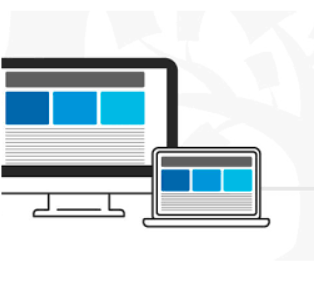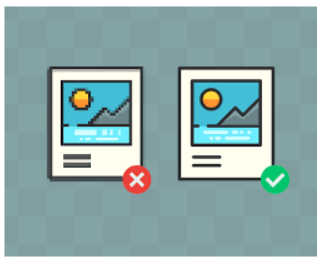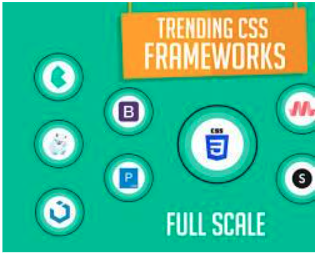The Top 5 Best Practices in Front-End Development
Front-end development is an essential part of software or application development that deals with the client-side of an application. It involves designing and building the user interface and experience for an application. Here are the top 5 best practices in front-end development:
1. Write Clean and Maintainable Code
Writing clean and maintainable code is one of the most critical best practices in front-end development. It involves using proper coding techniques, such as:
- Reducing redundancy
- Organizing code into logical sections
- Using meaningful variable names
This can make the codebase more manageable and improve collaboration between developers.
2. Follow Responsive Design
Responsive design is a crucial best practice in front-end development. It involves designing the user interface to adapt to different screen sizes and devices. This ensures that the application is accessible and usable on various devices, such as:
- Desktops
- Tablets
- Mobile phones
3. Optimize Page Load Speed
Page load speed is an essential factor in user experience. Users expect applications to load quickly, and slow loading times can lead to frustration and reduced engagement. Optimizing page load speed involves:
- Reducing file size
- Minimizing the number of network requests
- Using caching mechanisms
4. Test Across Multiple Browsers and Devices
Testing the application across multiple browsers and devices is crucial in front-end development. This ensures that the application looks and works correctly on different platforms and devices. Testing should be done across a range of:
- Devices
- Browsers, including mobile devices and older browsers
5. Use JavaScript Libraries and Frameworks
Using JavaScript libraries and frameworks can improve the development process and code quality. They provide pre-written code, tools, and structures that can speed up development and reduce the chance of errors. Popular front-end frameworks include:
- React
- Angular
- Vue
In summary, the top 5 best practices in front-end development are writing clean and maintainable code, following responsive design, optimizing page load speed, testing across multiple browsers and devices, and using JavaScript libraries and frameworks. By following these best practices, front-end developers can ensure that the user interface is accessible, usable, and efficient, which can improve user experience and engagement.
Bard's Recommendations for Front-End Development
Here are the top 5 best practices for front-end development:
1. Semantic HTML
Use semantic HTML tags to describe the structure and content of your web page. This will make your code more readable and maintainable, and it will also help search engines to understand your content.

2. Responsive Design
Make sure your web pages look good on all devices, from desktops to smartphones. Use responsive design techniques to adjust the layout and typography of your pages based on the size of the viewport.

3. Optimize Images
Optimize your images for the web to reduce their file size and improve page loading times. Use a lossy compression format like JPEG or PNG, and make sure your images are the correct size for their intended use.

4. Use CSS Tools and Frameworks
Use CSS tools and frameworks like Bootstrap or Sass to make your code more efficient and maintainable. These tools can help you to write cleaner CSS code that is easier to understand and debug.

5. Use JavaScript Libraries and Frameworks
Use JavaScript libraries and frameworks like jQuery or React to make your code more dynamic and interactive. These libraries can help you to write code that is more performant and easier to maintain.

In addition to these best practices, there are a number of other things that you can do to improve your front-end development skills. These include:
- Write clean and consistent code: Always use consistent indentation and naming conventions, and make sure your code is easy to read and understand.
- Use a version control system: Use a version control system like Git to track your changes and collaborate with others.
- Test your code: Write unit tests and integration tests to make sure your code is working correctly.
- Keep up-to-date with the latest technologies: Make sure you are familiar with the latest front-end technologies and trends.
By following these best practices and continuing to learn, you can become a skilled and proficient front-end developer.


